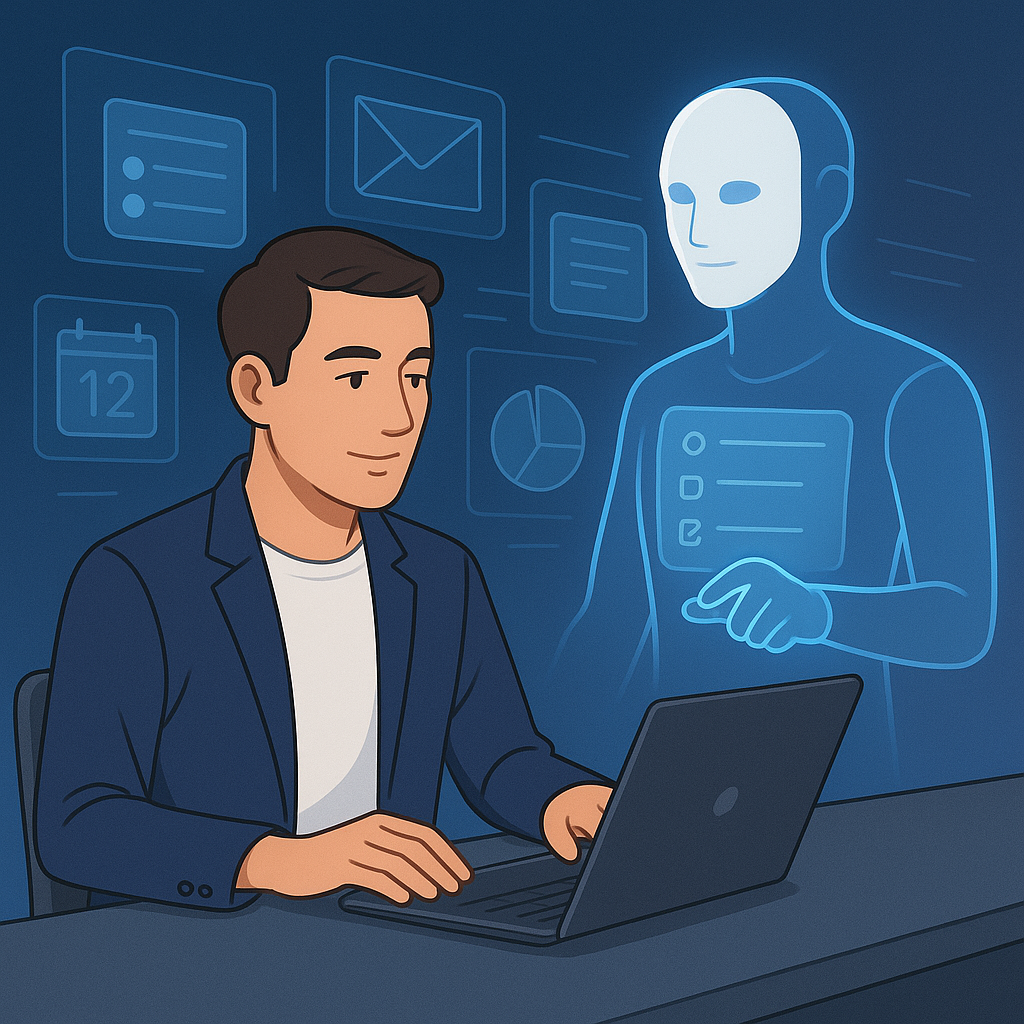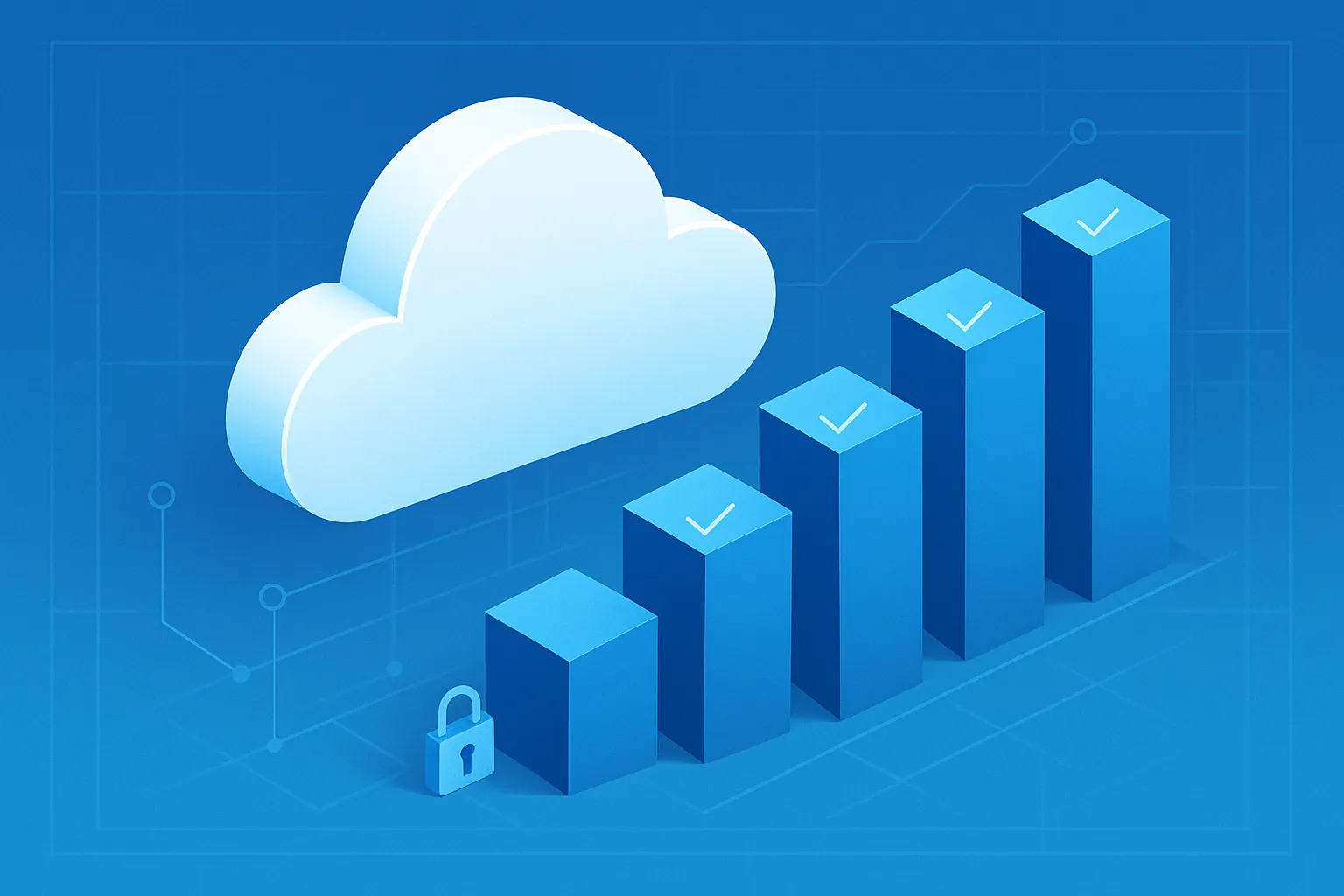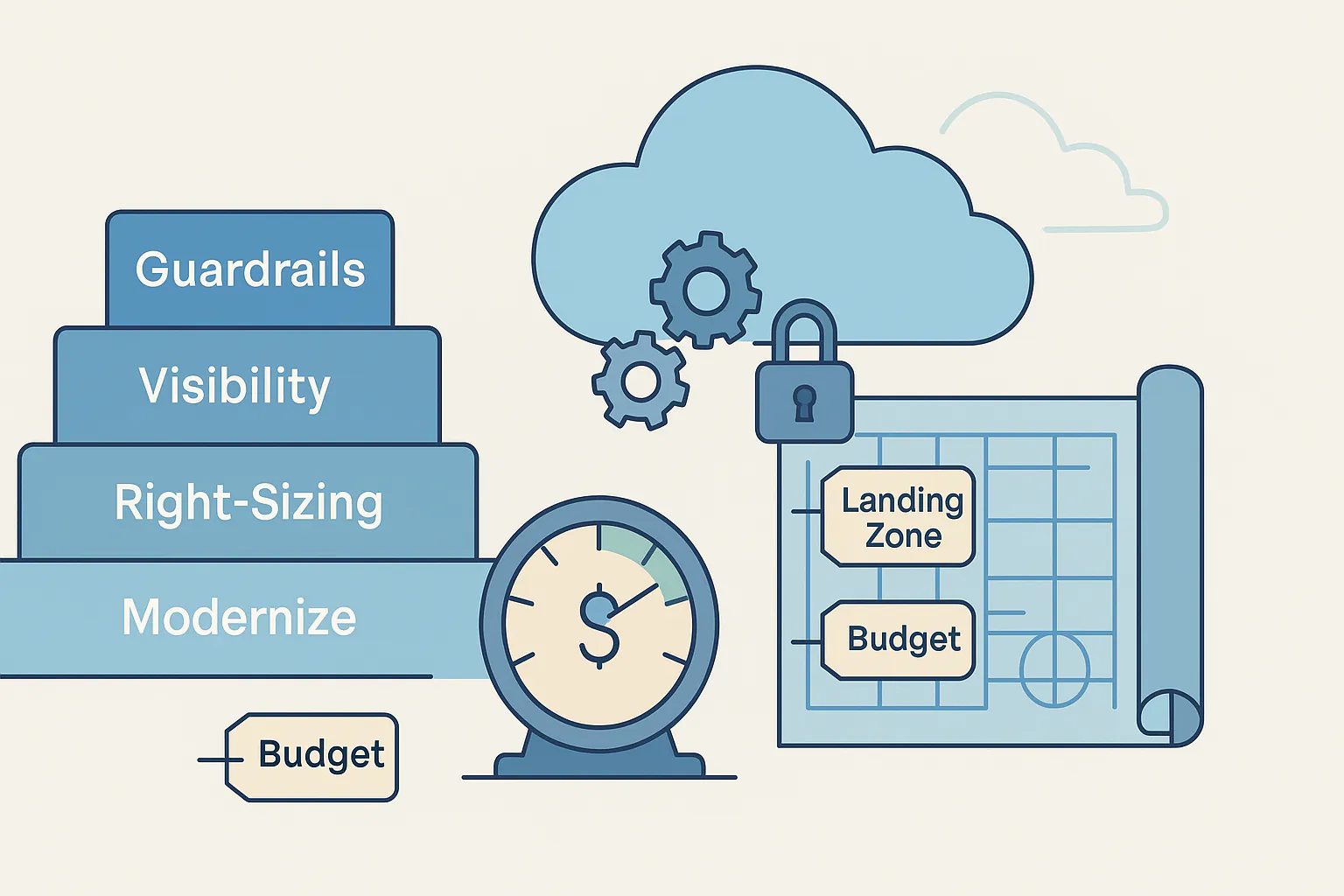From User Interfaces to AI Agent Interfaces: Why Model Content Protocols Are the Missing Piece
Key Takeaways
- Model Content Protocols (MCPs) could be the backbone of AI agent interfaces, just as HTTP was for the web.
- MCPs address critical challenges of trust, interoperability, and governance in AI interactions.
- Widespread adoption of MCPs could unlock a seamless future where AI agents manage tasks across systems reliably and safely.

From User Interfaces to AI Agent Interfaces: The Evolution of Interaction
For many years, we’ve been engaging with technology through user interfaces (UIs), whether that’s on our desktops, websites, or mobile apps. Now, an exciting change is on the way: we’re moving from the traditional UIs we know and use to AI agent-driven interfaces! Instead of clicking, typing, and searching, these smart AI agents will take care of tasks for us automatically.
This change isn’t just about having smarter AI; it also means we need new infrastructure to make sure our interactions with AI are consistent, reliable, and safe. That’s where Model Content Protocols (MCPs) come in. Think of MCPs as the building blocks for AI, similar to how HTTP transformed the web, APIs changed cloud computing, and App Store guidelines shaped mobile apps. While they may not steal the spotlight, these protocols could lay the groundwork for making AI-driven agent interfaces the next big thing in how we use technology!
At YTG’s AI & Automation services, we’re already helping organizations prepare for this transition by designing systems that let automation and AI work seamlessly together.
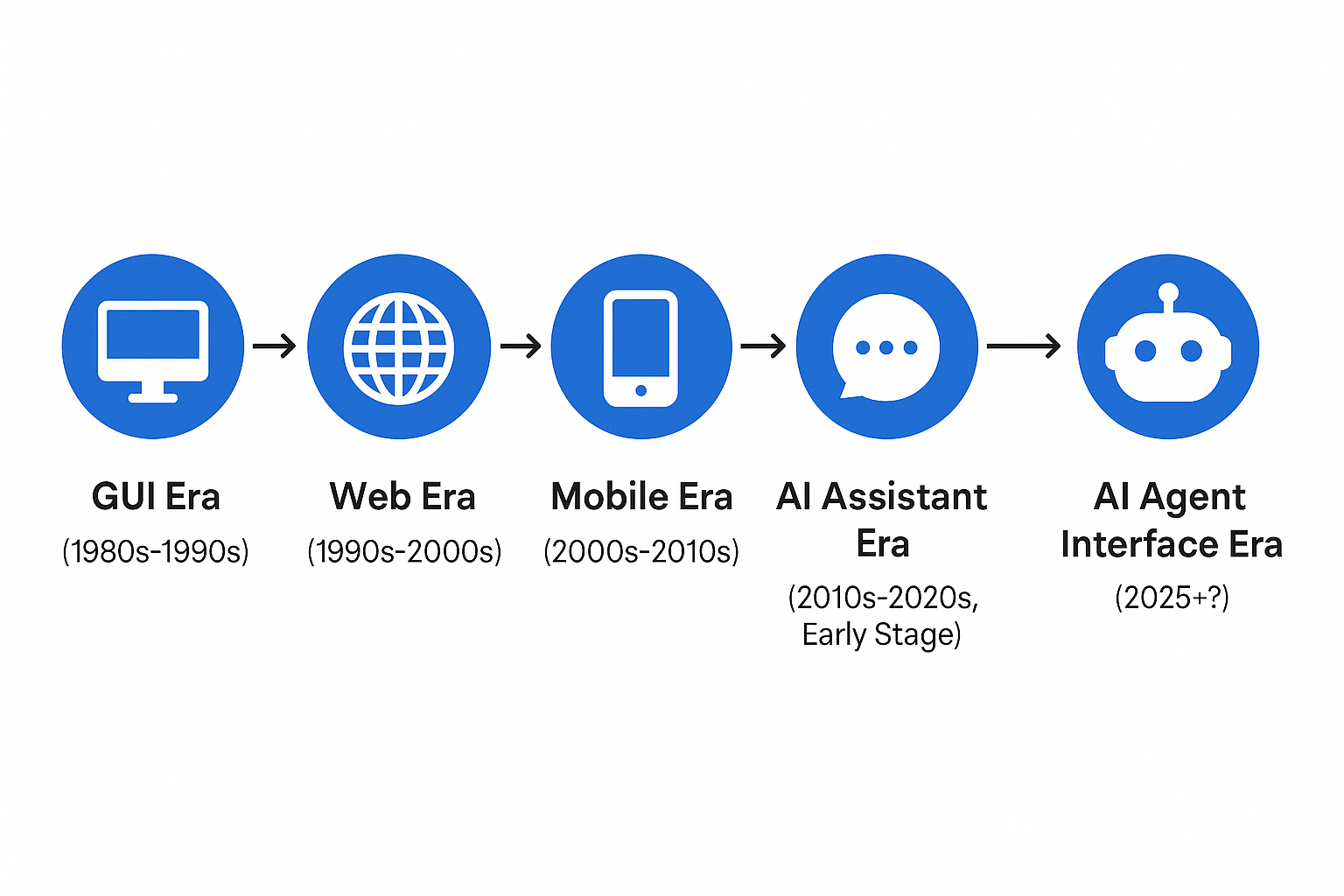
What Are Model Content Protocols (MCPs)?
At their core, Model Content Protocols are standards that govern how AI models interact with applications, data, and users. Just as HTTP provided a common language for the web, MCPs aim to provide a structured way for AI agents to request, share, and execute tasks across platforms.
Instead of each AI model inventing its own method of interaction, MCPs establish interoperability—a universal framework that allows multiple AI agents, applications, and systems to work together seamlessly.
This also means legacy systems must be updated to connect effectively. That’s why Application Modernization plays such a crucial role — ensuring that existing infrastructure can keep pace with the new AI-driven reality.
Think of MCPs as the rules of the road for AI. Without them, every agent would behave differently, creating chaos. With MCPs, AI can operate within agreed-upon boundaries that prioritize trust, governance, and user safety.
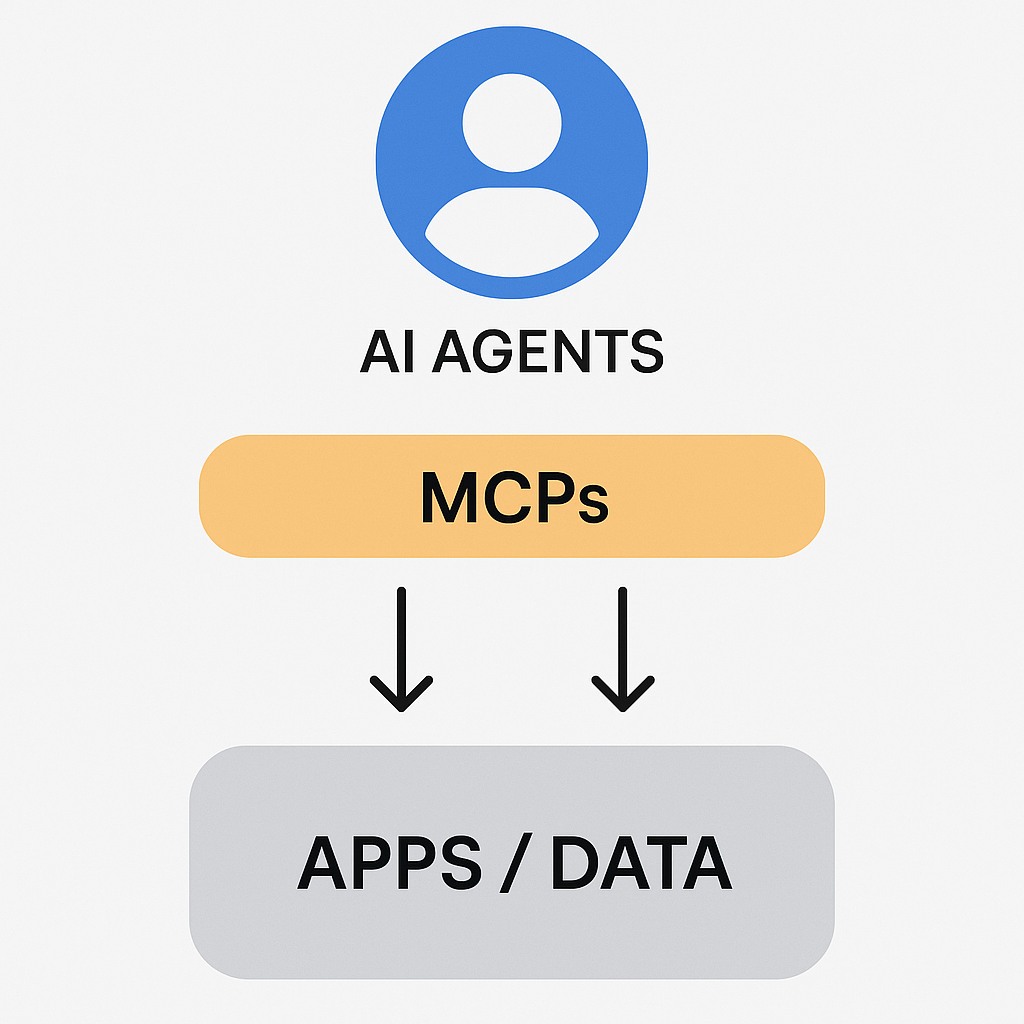
Why MCPs Matter in the Age of AI Agents
The promise of AI agent interfaces is exciting: you tell an AI what you need, and it handles everything—from booking travel to managing business workflows. But without MCPs, this vision runs into serious roadblocks.
1. Trust and Safety
Users must know that when they delegate a task to an AI agent, it won’t misuse data or perform unauthorized actions. MCPs create transparency and guardrails so users can feel confident in AI-driven decisions.
2. Interoperability Across Systems
Just as APIs made it possible for apps to communicate, MCPs enable AI agents to work across different apps and ecosystems. This is essential if AI is to replace siloed user interfaces.
3. Governance and Standards
Every transformative tech era had governance frameworks: HTTP for the web, app store policies for mobile. MCPs serve the same role for AI, ensuring that companies, regulators, and users can align on shared protocols.
Without these foundations, AI interfaces risk becoming fragmented and unreliable, slowing adoption. With them, they could become as universal as the web itself.
This is where strong system design and Custom Software Development come into play, giving businesses the architecture needed to support MCP adoption.
What MCPs Could Unlock for Businesses and Users
If widely adopted, MCPs could transform how both consumers and enterprises interact with technology:
- For consumers: Imagine asking your AI to “plan my week” and having it coordinate across your calendar, emails, and to-do apps without you logging into each one.
- For businesses: AI agents could manage workflows, customer requests, and even compliance tasks—while MCPs ensure they operate within approved guidelines.
This requires robust infrastructure, often supported by Cloud Migration & Modernization services, so agents can scale securely in enterprise environments.
We’re also seeing MCP-like frameworks appear in real applications, such as Microsoft 365 Copilot Development, which YTG helps organizations implement to boost productivity safely.
This shift isn’t science fiction. Companies like Anthropic and others are already exploring MCP frameworks to create safer, more reliable AI interactions.
The Road Ahead
Every major computing era had its invisible but essential infrastructure. The web had HTTP. Cloud computing had APIs. Mobile had app store policies. AI agents will have MCPs.
For many companies, the shift will involve updating systems, workflows, and governance. To see how this plays out in real life, explore our Case Studies.
If these protocols are developed and adopted widely, they could unlock the full potential of AI agents and redefine how humans and machines interact. The transition won’t happen overnight, but the groundwork is already being laid.
And if you’d like to continue learning about emerging technologies like MCPs, visit our Blog for the latest insights.
Final Thoughts
The future of AI isn’t just about smarter models—it’s about building the infrastructure that allows those models to safely and reliably interact with the world. Model Content Protocols may not make headlines like AI breakthroughs, but they’re the invisible standard that could make AI agent interfaces truly transformative.
At Yocum Technology Group (YTG), we help businesses stay ahead of these shifts. Whether it’s AI & Automation, Application Modernization, or Cloud Migration, we’re here to be your partner in preparing for the future.
